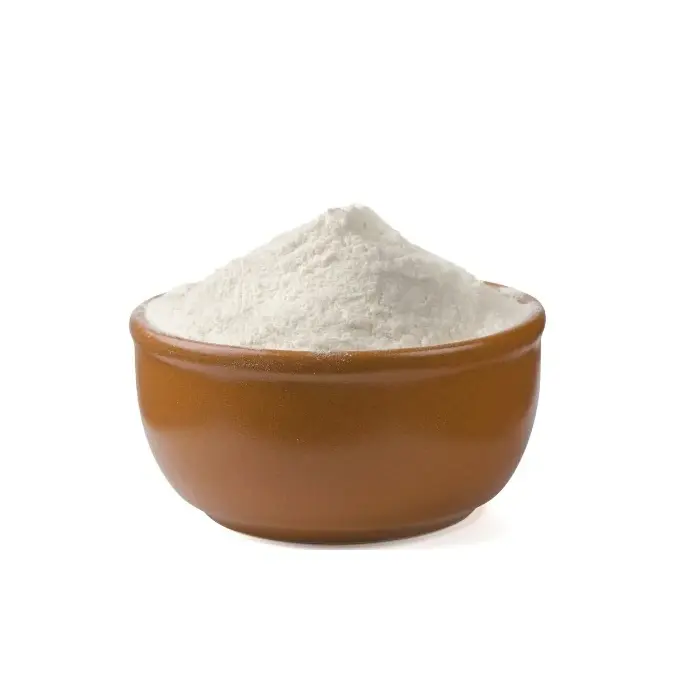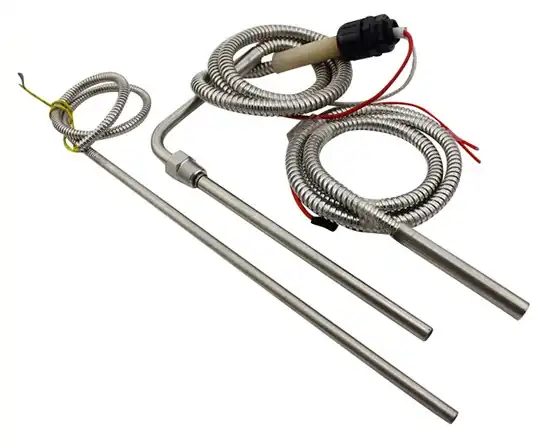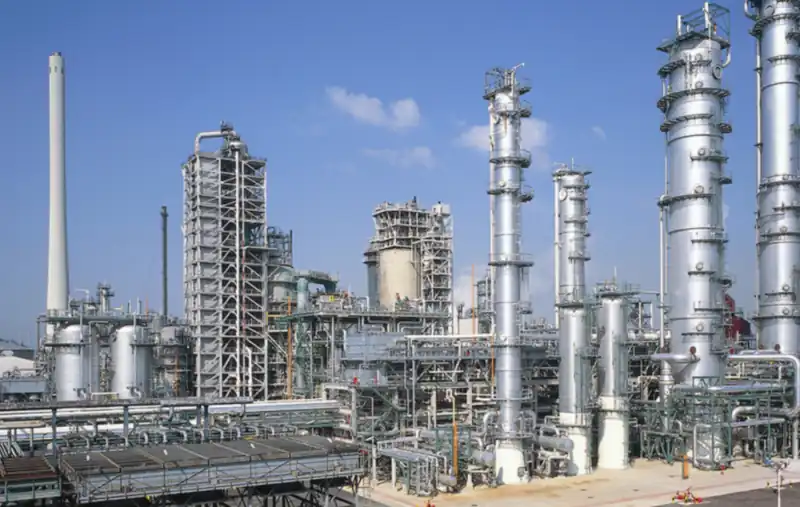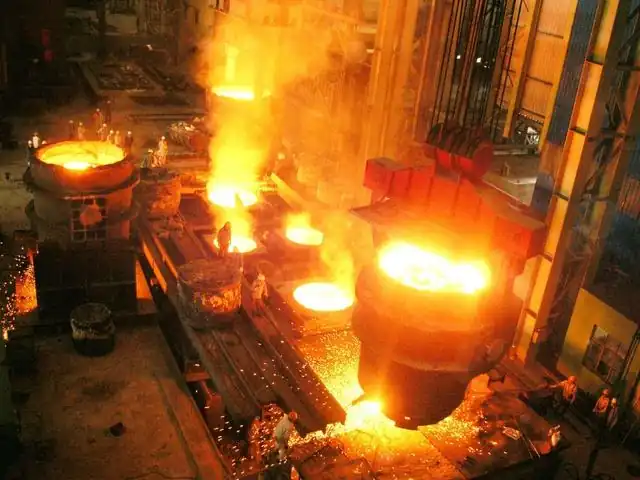Lime method
Lime water is added to the magnesium chloride solution to generate magnesium hydroxide precipitate, which is washed, filtered and calcined to obtain magnesium oxide.
ammonia method
Ammonia gas is passed into the magnesium chloride solution to generate magnesium hydroxide precipitate, which is washed, filtered and calcined to obtain magnesium oxide.
ammonium bicarbonate method
Ammonium bicarbonate is added to the magnesium chloride solution to generate basic magnesium carbonate precipitate, which is washed, filtered and calcined to obtain magnesium oxide.
2. Pyrolysis method
The magnesium chloride solution is concentrated, spray dried or crystallized to obtain magnesium chloride solid, which is pyrolyzed at high temperature to generate magnesium oxide.
3. Electrolysis
The magnesium chloride solution is electrolyzed to generate metallic magnesium, and then the metallic magnesium is oxidized to obtain magnesium oxide.
Process comparison
Precipitation method: The process is simple, the equipment investment is low, and the operation is easy; the product purity is not high and the energy consumption is high.
Pyrolysis method: high product purity and low energy consumption; complex process and large equipment investment.
Electrolysis method: high product purity and low energy consumption; complex process, large equipment investment, and high cost.
Specific process flow
1. Precipitation method
Lime method
The salt lake brine is evaporated and concentrated to obtain a magnesium chloride solution.
Lime water is added to the magnesium chloride solution to form magnesium hydroxide precipitate.
The magnesium hydroxide precipitate is washed, filtered and dried.
Magnesium hydroxide is calcined at high temperature to obtain magnesium oxide.
ammonia method
The salt lake brine is evaporated and concentrated to obtain a magnesium chloride solution.
Ammonia gas is passed into the magnesium chloride solution to form magnesium hydroxide precipitate.
The magnesium hydroxide precipitate is washed, filtered and dried.
Magnesium hydroxide is calcined at high temperature to obtain magnesium oxide.
ammonium bicarbonate method
The salt lake brine is evaporated and concentrated to obtain a magnesium chloride solution.
Ammonium bicarbonate is added to the magnesium chloride solution to form a precipitate of basic magnesium carbonate.
The basic magnesium carbonate precipitate is washed, filtered and dried.
Basic magnesium carbonate is calcined at high temperature to obtain magnesium oxide.
2. Pyrolysis method
The salt lake brine is evaporated and concentrated to obtain a magnesium chloride solution.
The magnesium chloride solution is spray-dried or crystallized to obtain magnesium chloride solid.
Magnesium chloride solid is pyrolyzed at high temperature to generate magnesium oxide.
3. Electrolysis
The salt lake brine is evaporated and concentrated to obtain a magnesium chloride solution.
Electrolysis of magnesium chloride solution produces metallic magnesium.
Metal magnesium is oxidized to obtain magnesium oxide.
Application
High-purity magnesium oxide is widely used in electronics, chemical industry, medicine, metallurgy, building materials and other fields.





